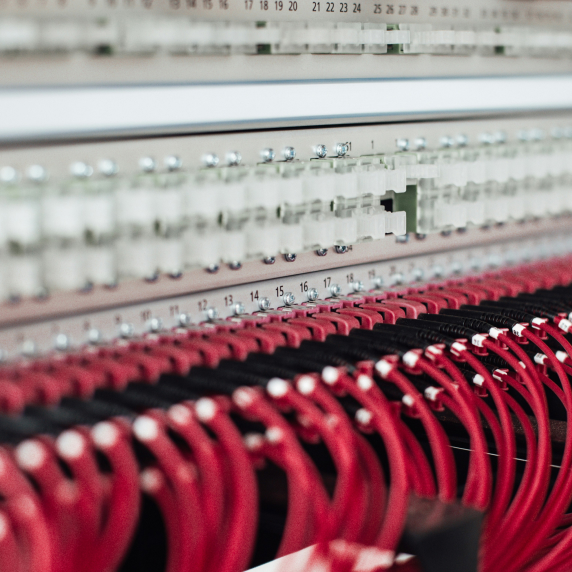In a world that is constantly connected companies rely more than ever before on a a fast, secure and scalable network. Although the talk is typically around Wi-Fi speed or cloud-based apps, what many don’t realize is that in every seamless connection is a thoughtfully planned structured cabling system, the invisible framework that binds the entire network together.

Image credit: gokaravan.com
It’s not an option to have the proper structured cabling as it’s a must.
What Is Structured Calling, Really?
Structured cabling is the physical structure of your IT infrastructure. It’s standard way to arrange cables and hardware so that phones, computers, servers, and security systems all can connect and communicate. The structured cabling is efficient and clean. It is able to adapt to changing technologies.
A well-planned cabling infrastructure can support voice, data, and multimedia throughout your entire operation. Modularity lets you modify, add or move systems without creating major disruption. In addition, it’s capable of scaling as your company grows.
Why Structured Cabling Services Matter
Structured cabling isn’t a one-size-fits-all solution. Each industry, building and type of business has distinct performance requirements. Partnering with a provider who is specialized in structured cabling is crucial.
Professionals assess the infrastructure of your organization, its future needs and the physical layout for a customized design. Common services include backbone and horizontal cables as well as patch panels as well as distribution frames. Each cable is evaluated for quality and safety.
Karavan Technology offers structured cabling solutions for the US and Canada that are tailored to both complex and simple environments. Their solutions are compatible with everything from basic Cat5E to high-frequency Category 7 cabling that can handle up to 1200MHz. This gives you speed and security at every level.
The Structured Cabling Installation Process
Installation of structured cabling may cause disruption. A competent team can install the cabling quickly and effectively without disrupting the daily routine.
What is the typical installation?
1. Assessment and Design: Engineers evaluate the space and determine the cable routes and map out all endpoints.
2. Installation: Cables are put in place neatly and labeled.
3. Testing and Certification The connections are all tested to ensure signal quality.
4. Documentation: A complete diagram of your cable system is included to aid in future upgrades and troubleshooting.
After the installation process is complete, you will have a system that can be utilized immediately.
Future-Proofing Structured Cabling Systems
Technology is evolving quickly and your infrastructure must as well. A well-implemented structured cabling system offers future-proofing benefits that make it easier to upgrade or expand without starting from scratch. The latest devices, servers or workstations can be integrated effortlessly without the need for a complete overhaul.
Plus, with data demands growing, especially in cloud computing and video conferencing A solid base prevents bottlenecks and guarantees consistent performance. You don’t have to worry about latency, signal loss or interruptions due to outdated wiring.
Final Thoughts
Structured cabling is not visible however it shouldn’t be out of mind. Structured cabling is the backbone for a reliable network that supports all aspects of your business. You can increase the efficiency of your business, and create the foundations for your future success with expertly installed structured cables.
You’ll never regret investing in structured cabling, regardless of whether you’re planning to open a new office or to upgrade your current one.